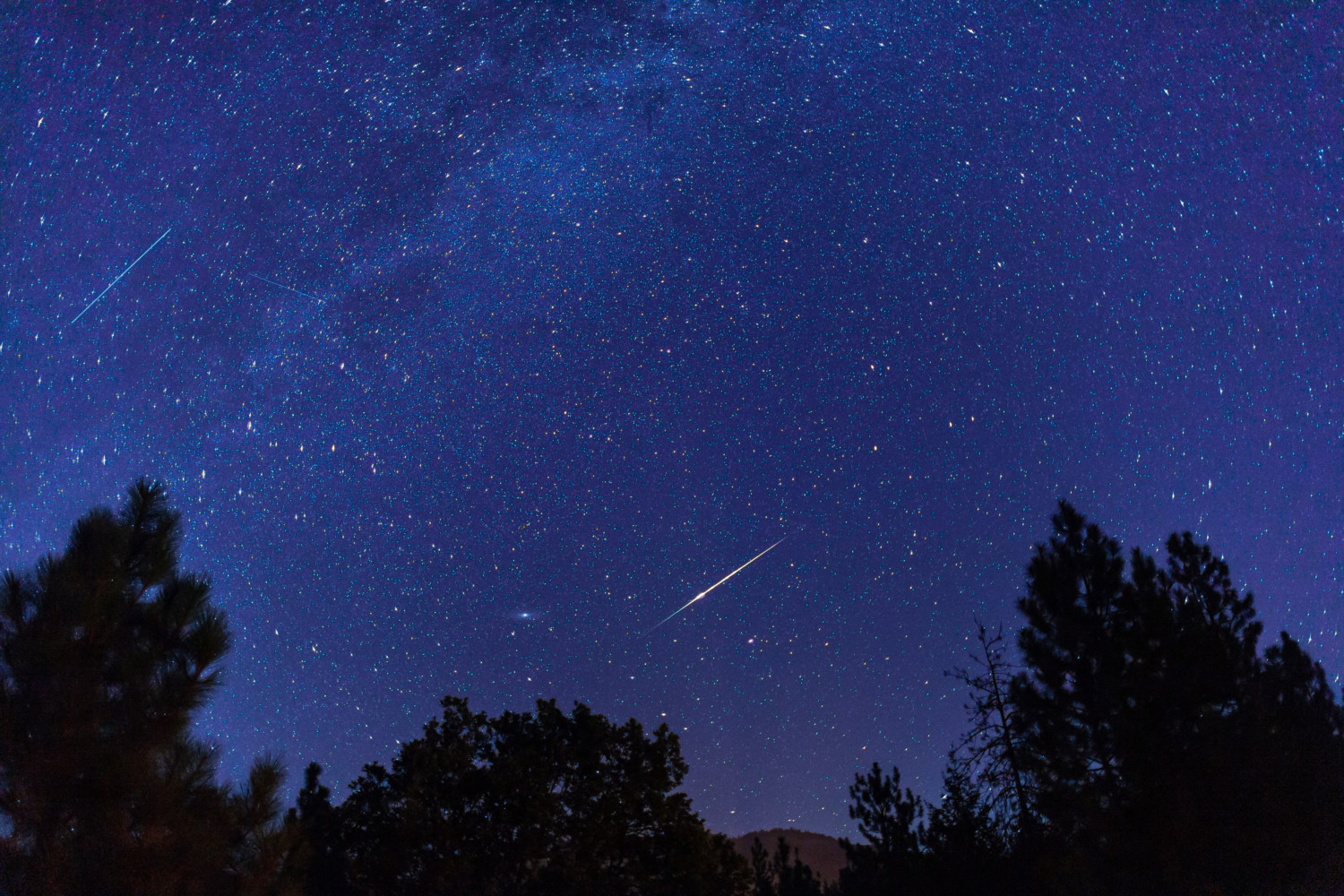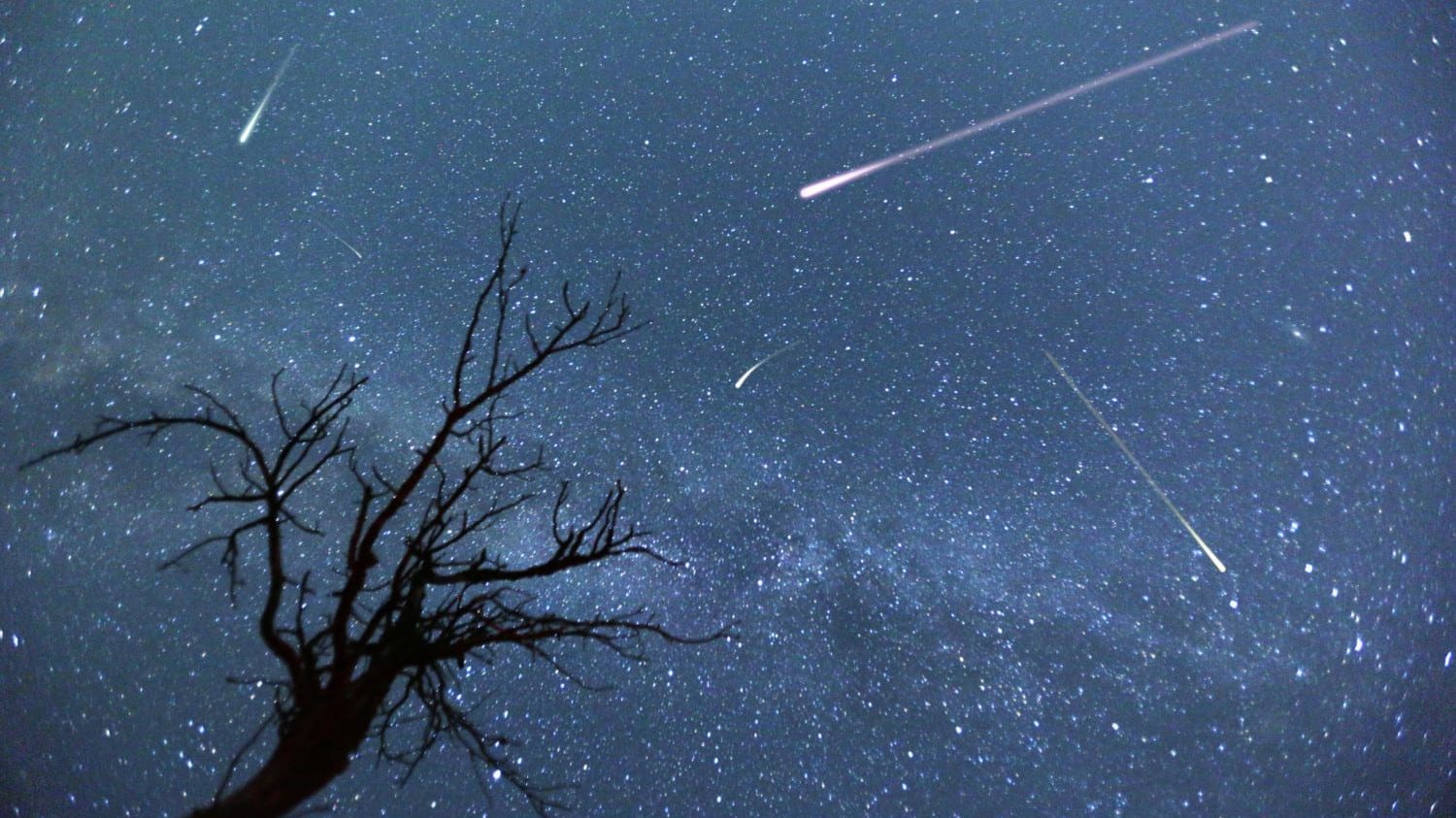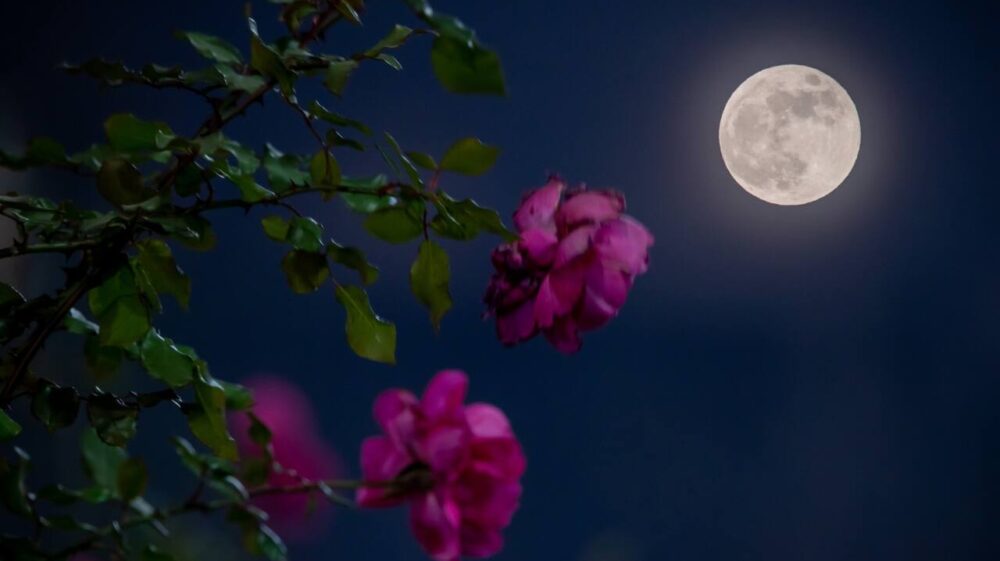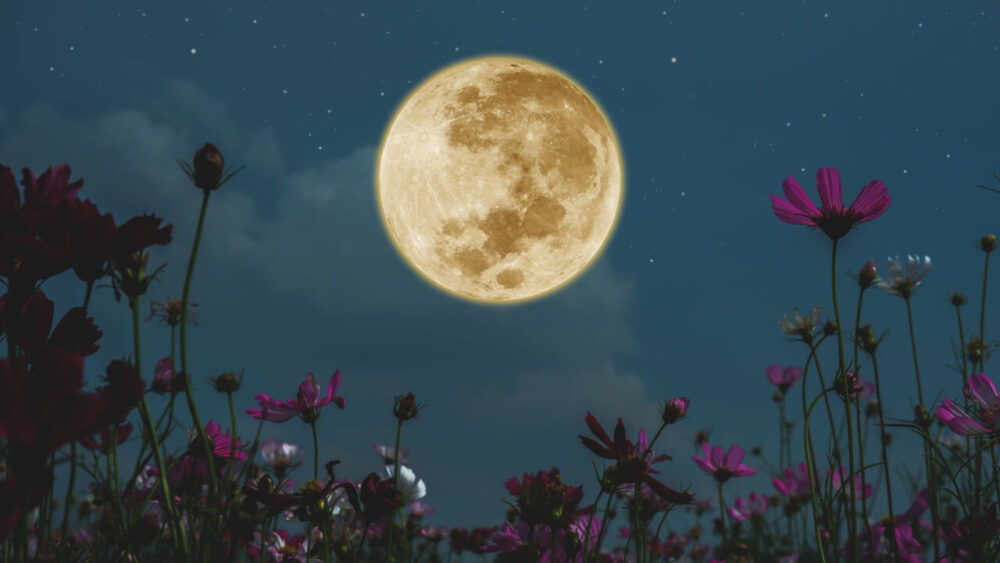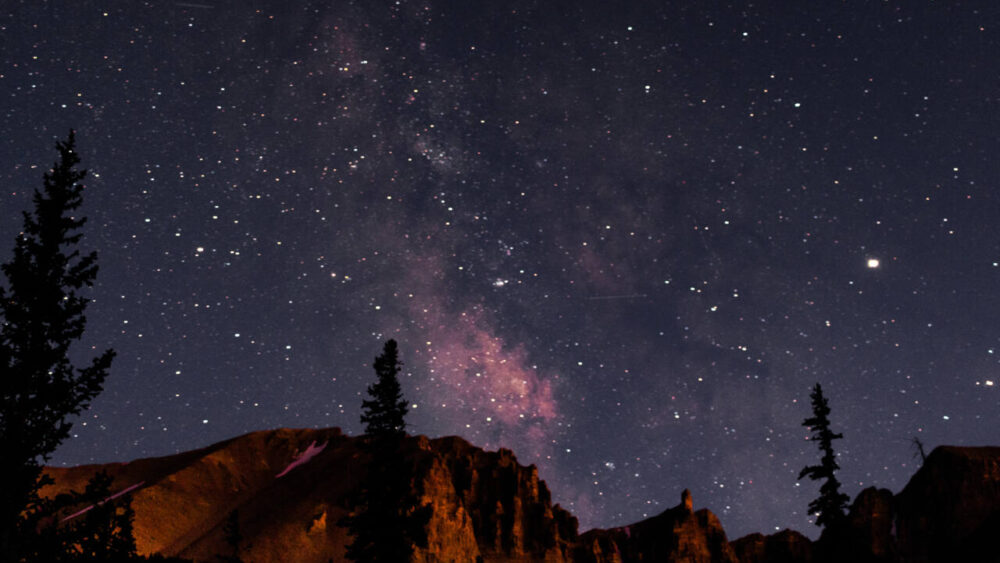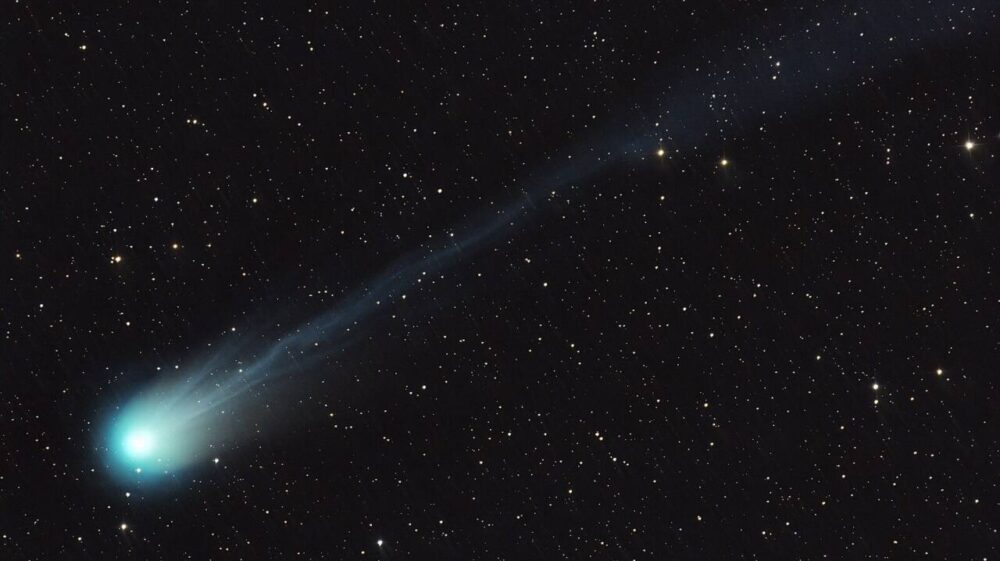The peak of the Perseid meteor shower will be the best in years
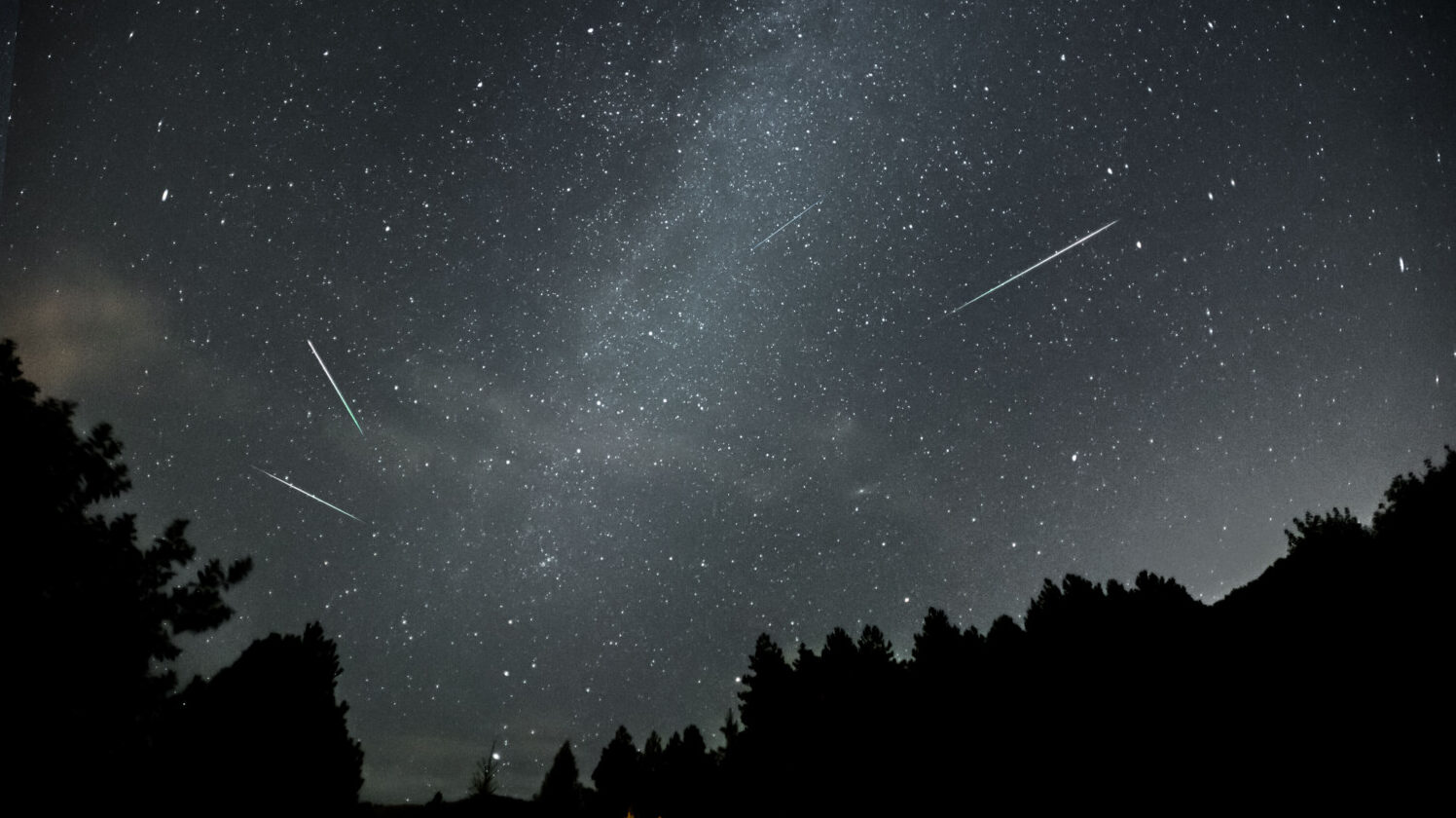
The Perseid meteor shower is arguably the best meteor shower of the year, occurring every year during the height of summer.
The warm summer nights make for more comfortable conditions spotting meteors streaking across the night sky, but a bright moon can diminish your chances of seeing anything. That’s what happened last year, but it won’t be the case this year.
The peak of the Perseids lands on Aug. 13 during the early morning hours, almost exactly halfway in between August’s two full moons. That means just as the Perseids are peaking, the moon will be a thin sliver and only 10% illuminated. A nearly completely dark sky will make for ideal conditions to see even the faintest of meteors.
When Is the Best Time to See the Perseid Meteor Shower?
We start to see Perseid meteors every year beginning in mid-July, and they typically last through the end of August. This year’s peak occurs on the night of Aug. 12 after midnight, so technically the early morning hours of Aug. 13.
Between midnight and 5 a.m. local time, watchers can expect to see an average of 100 meteors per hour during the peak. In especially active years with ideal viewing conditions, watchers have reported seeing upwards of 150 to 200 meteors per hour.
MORE: August’s blue supermoon will be the closest of the year
Where Should I Look to See the Perseid Meteor Shower?
To make the most of your viewing experience, find a spot far away from any city lights and give yourself at least 20 minutes or more to adjust to the darkness of night.
The meteors appear to originate from the constellation Perseus, which is how this meteor shower gets its name. The Perseus constellation is in the northeastern sky about 45 degrees above the horizon, and if you can’t find the constellation, just look to the northeast.
Plenty of meteors will race across the night sky in many directions.
What Causes the Perseid Meteor Shower?
The Perseid meteor shower is caused by debris from the comet Swift-Tuttle, which was first discovered in 1862. This comet is about 16 miles wide and whenever it, or any other comet, gets close to the sun, pieces break off as it heats up and it leaves behind a debris field.
Earth passes through that debris field every year during the summer, and those pieces of leftover comet enter our atmosphere and burn up, appearing as meteors. Most of these meteors are around the size of a grain of sand, and almost none of them hit the ground, which means watching the Perseids is a very safe activity — except for a few possible bug bites.
The comet Swift-Tuttle last passed by Earth in 1992, and the next time it passes will be in 2126.
MORE: NASA detects Voyager 2 ‘heartbeat’ after losing contact in July
The Best Meteor Shower of the Year
The Perseids are an annual occurrence and although the peak is during the early morning on Aug. 13, meteors can still be seen through the end of the month.
That means if cloudy skies or something out of your control gets in the way of your ability to get outside and look up, you’ll still have other opportunities to see at least a few meteors. The new moon is only a few days after the peak on Aug. 16, so even darker skies just a few nights later could make for even better viewing conditions.
Follow meteorologist Jason Meyers on X, formerly known as Twitter, or watch one of his entertaining and educational YouTube videos.


